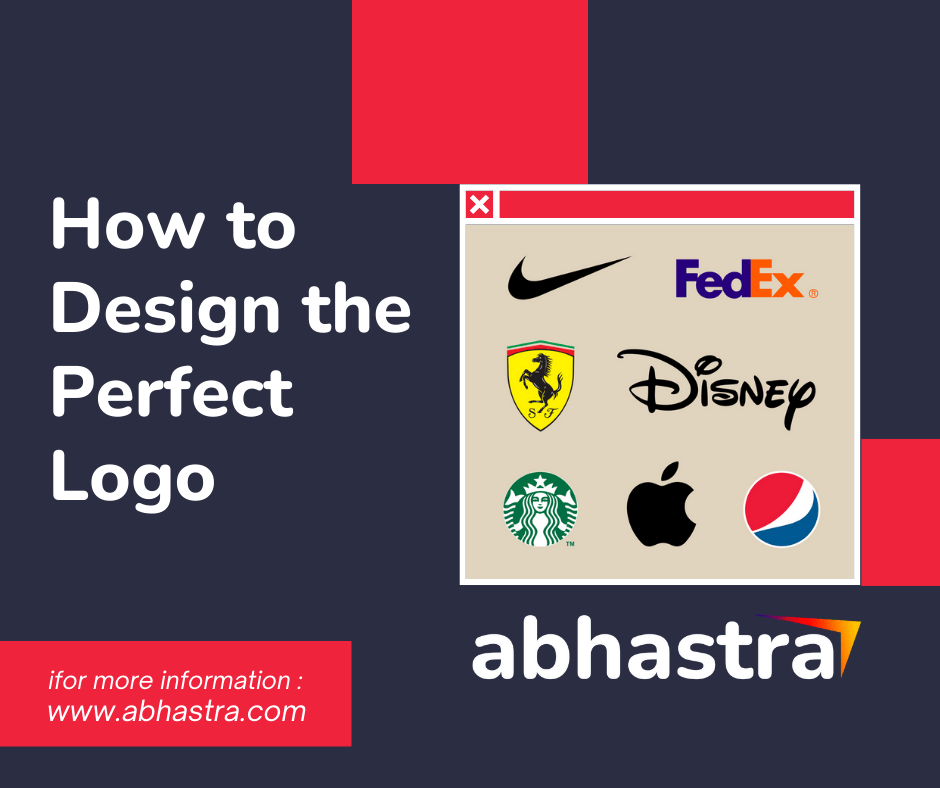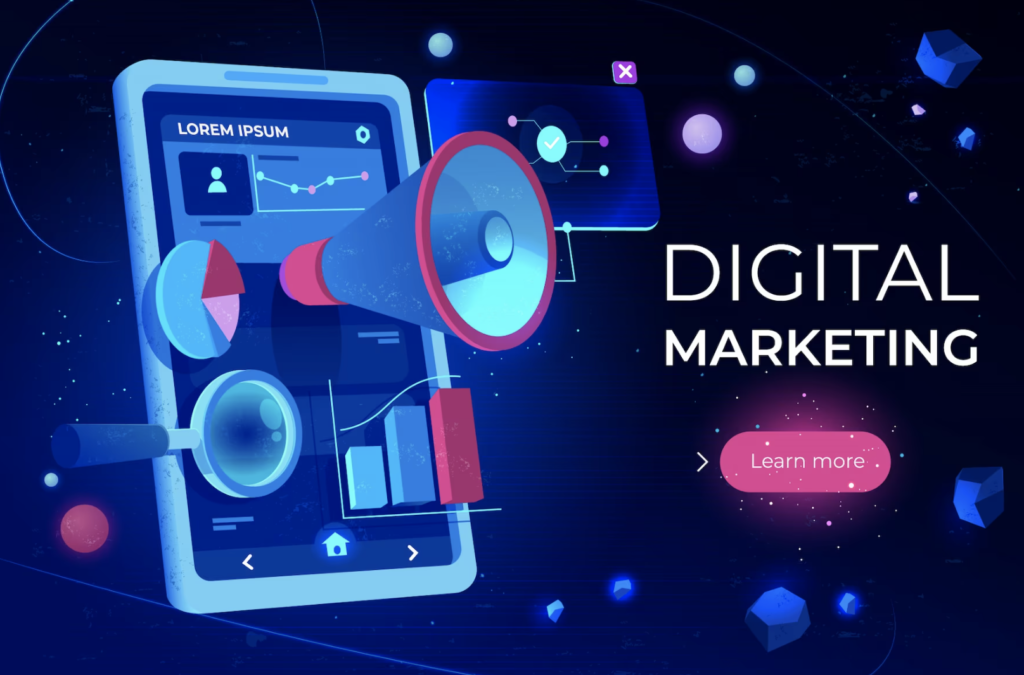A logo is more than just a visual symbol; it is the face of your brand. Whether you are launching a startup, revamping an existing business, or creating a personal brand, your logo is the first thing people notice. A well-designed logo can help build trust, create brand recognition, and make a lasting impression.
Why is a Logo Important?
A logo plays a crucial role in a brand’s identity. Here are some key reasons why having a well-designed logo is essential:
1. First Impressions Matter
Your logo is often the first interaction potential customers have with your brand. A professional and visually appealing logo instantly grabs attention and creates a strong first impression.
2. Builds Brand Identity
A logo is the foundation of your brand identity. It sets the tone for your website, business cards, packaging, and other marketing materials, ensuring consistency across all platforms.
3. Helps in Brand Recognition
A unique and memorable logo makes it easier for people to recognize and recall your brand. Think of companies like Apple, Nike, and McDonald’s—their logos are instantly recognizable.
4. Differentiates You from Competitors
Your logo helps set you apart from the competition. A well-thought-out design with distinctive elements conveys your brand’s unique value and personality.
5. Creates Emotional Connection
Logos can evoke emotions and establish a connection with your audience. Colors, typography, and shapes influence how people perceive your brand.
Key Design Tips for the Perfect Logo
Now that you understand the importance of a logo, let’s explore some essential design tips to create the perfect one.
1. Keep It Simple
Simplicity is key in logo design. A clean, uncluttered logo is easier to recognize and remember. Avoid excessive details, complex graphics, and unnecessary text.
2. Make It Versatile
Your logo should look great across different platforms and mediums, whether on a website, business card, billboard, or social media. Ensure it works in different sizes and color variations.
3. Choose Colors Wisely
Colors play a vital role in branding. Each color evokes different emotions and meanings. For example:
- Red symbolizes energy, passion, and excitement.
- Blue conveys trust, stability, and professionalism.
- Green represents growth, nature, and sustainability.
- Black signifies luxury, sophistication, and power. Choose colors that align with your brand values and industry.
4. Select the Right Typography
Fonts communicate the personality of your brand. Serif fonts (like Times New Roman) give a traditional, authoritative feel, while sans-serif fonts (like Arial) feel modern and clean. Script fonts add elegance, but they should be legible.
5. Make It Memorable
A great logo is one that people remember easily. Think of iconic logos like Apple’s apple or Nike’s swoosh. Aim for a distinctive design that leaves a lasting impression.
6. Avoid Trends, Focus on Timelessness
Trendy designs may look appealing today but can become outdated quickly. Instead, focus on timeless elements that will keep your logo relevant for years to come.
7. Ensure Scalability
A well-designed logo should be scalable without losing its quality. Whether it appears on a tiny business card or a massive billboard, it should remain clear and recognizable.
8. Get Feedback & Test Your Design
Before finalizing your logo, gather feedback from potential customers, team members, or industry experts. Test how it looks in different backgrounds and applications to ensure versatility.
Your logo is your brand’s visual voice—make sure it speaks loud and clear!
Designing the perfect logo is a combination of creativity, strategy, and simplicity. A well-crafted logo can make a significant impact on your brand’s success by creating a strong visual identity and establishing trust with your audience. Whether you are designing it yourself or hiring a professional, always keep in mind the principles of good logo design.





